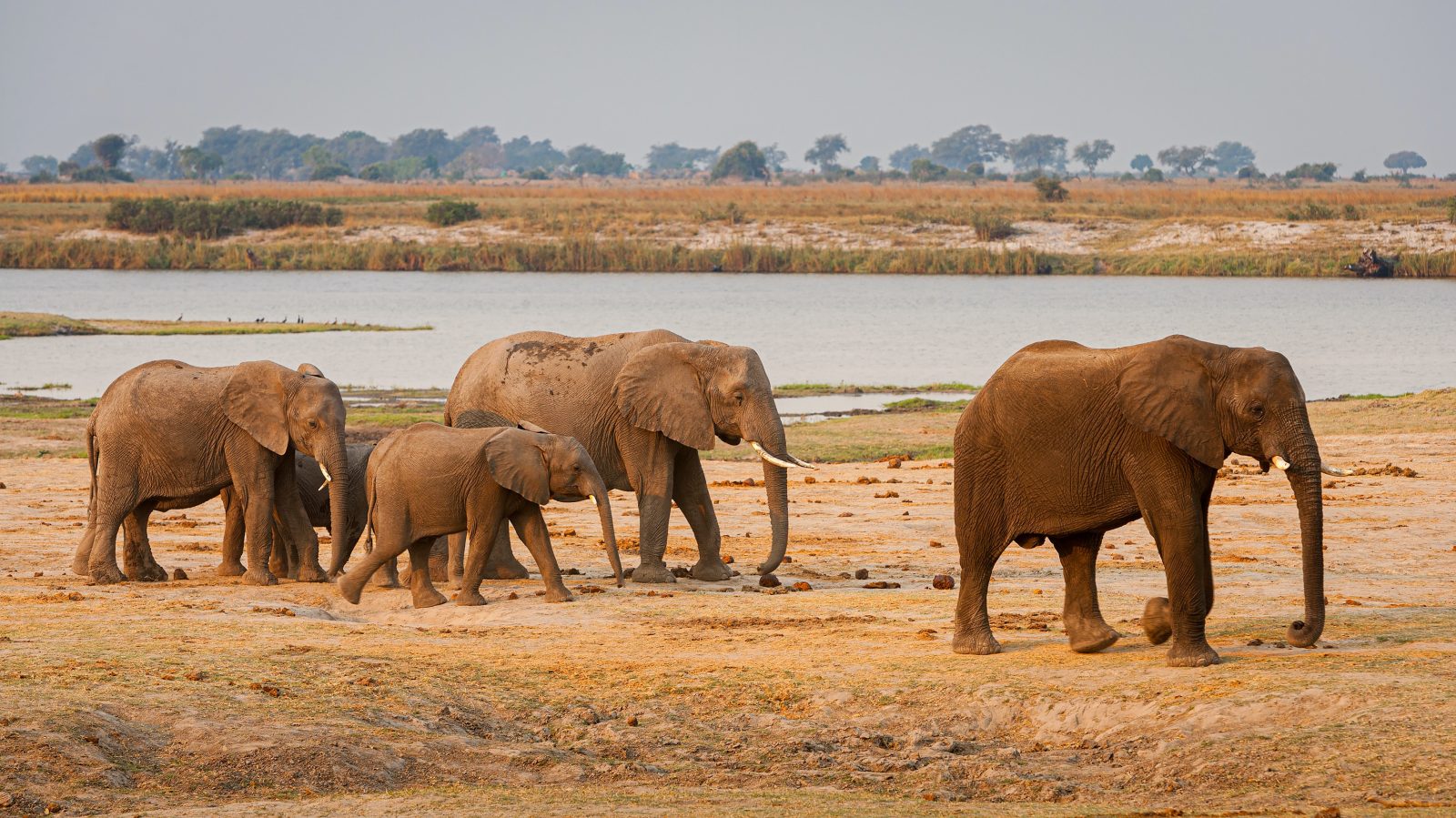
One of the most burning questions DroneDJ readers have is also one most pilots are eventually confronted with: What’s the best way of flying drones to observe wild elephants without disturbing them? Thanks to researchers, the world now has the answer.
A study done by wildlife experts at South Africa’s Stellenbosch University looked into the question when author and conservation ecology student Wesley Hartmann decided to use drones to observe elephants in the wild. His concern, however, was undermining his research by altering the creatures’ behavior with the noise and presence of a UAV. When he looked for information on ways to mitigate or eliminate that risk, Hartmann found nothing.
Consequently, he decided to make that very question the focus of his drone-based elephant study, which he conducted in Malawi’s Majete Wildlife Reserve and the Liwonde National Park.
The result is a set of protocols for approaching and overflying elephants with a drone. Those are designed to reduce the possibility of the animals being frightened or otherwise reacting unnaturally to the craft’s presence. They were published in the African Protected Area Conservation and Science journal Kodeo under the title, “First Guidelines and Suggested Best Protocol for Surveying African Elephants (Loxodonta Africana) Using a Drone.”
The aims of those rules are linked: to avoid creating stress and potentially dangerous reactions by the elephants, and in so doing protect the scientific validity of research conducted.
“It is no use using a drone to study their behavior if the data being collected in this way are going to be tainted by its mere presence,” Hartmann explained to Engineering News. “The protocols developed in this study can be used to minimize stress when using drones for elephant research.”
During the 79 drone flights he made approaching elephants, and 70 others in slow hovering modes, Hartmann found that angle of the craft’s movement was just as important in provoking their reaction as speed.
UAVs on such missions should be launched from at least 100 meters away, then ascend to an altitude of 50 meters. They should approach the elephants at a creeping speed of two meters per second, and at an angle of 45 degrees. Coming in faster, and above all dropping down on them from a sharper angle, risks spooking the creatures as they struggle to detect the source of the noise.
“Elephants cannot move their necks fully upwards and, therefore, cannot easily look straight up into the sky,” Hartmann explained. “Elephants prefer being able to locate and identify the source of a noise and will often calm down once they have.”
Though awareness of how drones can spook, even harass wildlife is growing in many places, Hartmann says there is still a long way to go before even experts gain full knowledge of how their aerial observation fully effects animals.
“Numerous reviews on drones tout their almost unlimited potential to allow researchers to observe wildlife even in the most inaccessible of places,” he said. “However, the influence of drones on the animals themselves is far less understood, and impact studies to construct protocols for best practices are in general urgently needed to minimize the potential for stress on target species.”
Photo: Chris Stenger
FTC: We use income earning auto affiliate links. More.




Comments